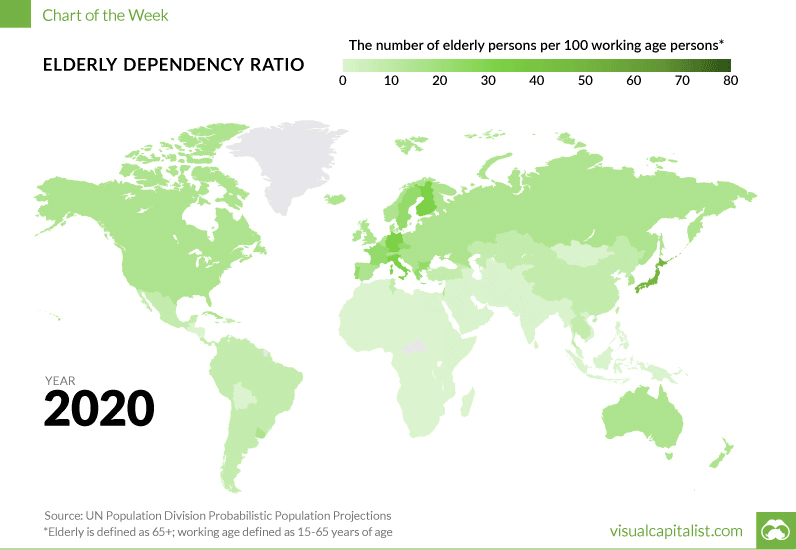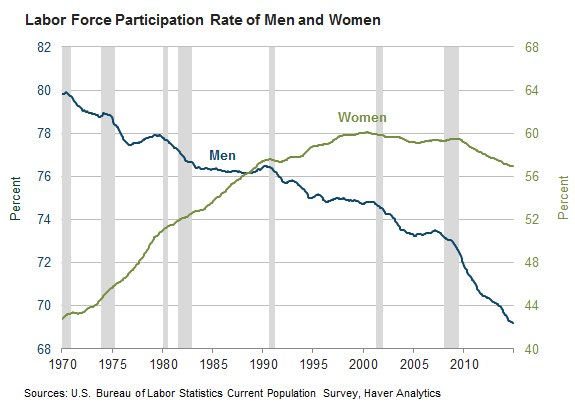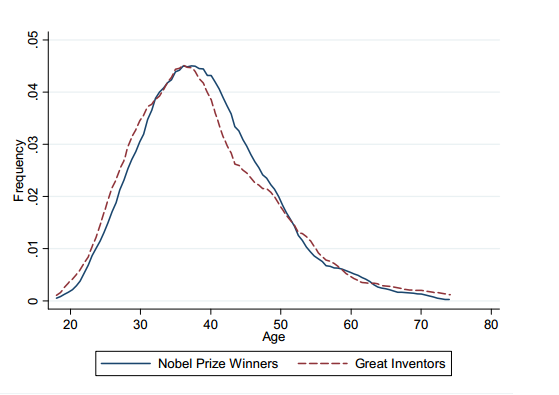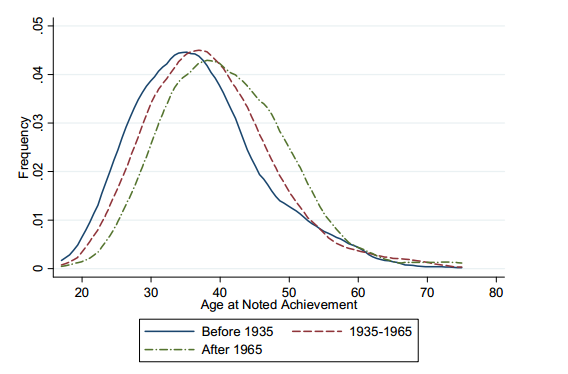Who we spend our time with
Quick one for a first day back after a long weekend Wednesday.
Wanted to share a really interesting chart I saw over the weekend from The Atlas who took a look at data from the American Time Use Survey to see how who we spend our time with, (co-workers, family, no one), changes over time. Or more clearly, how who we spend our time with changes as we get older.
Take a look at the chart, then one or two comments from me.

Nothing too surprising here, I guess. As we get older we spend less time each day with co-workers, (we may not even have any), children, (on to their own lives), and siblings, (the same). We tend to spend relatively more time with a partner, (if we have one), and most troubling, more and more time alone.
I guess that is the natural way of things, but it still feels a little sad. We look forward to the time when we don't have to go to the office to deal with our annoying co-workers. To the time when the kids finally move out of the house so we can have our space. To the day when we don't have anyone really chasing our time and attention.
But pretty quickly that can turn into something else, something not so fun, something we probably don't think about too much right now when our lives are so full, so busy, so crowded.
Look at the charts above again. Look at the 'Alone' chart. Up and to the right. Up and to the right.
It's the only chart wth that trend line. Until the line ends of course.

 Steve
Steve




